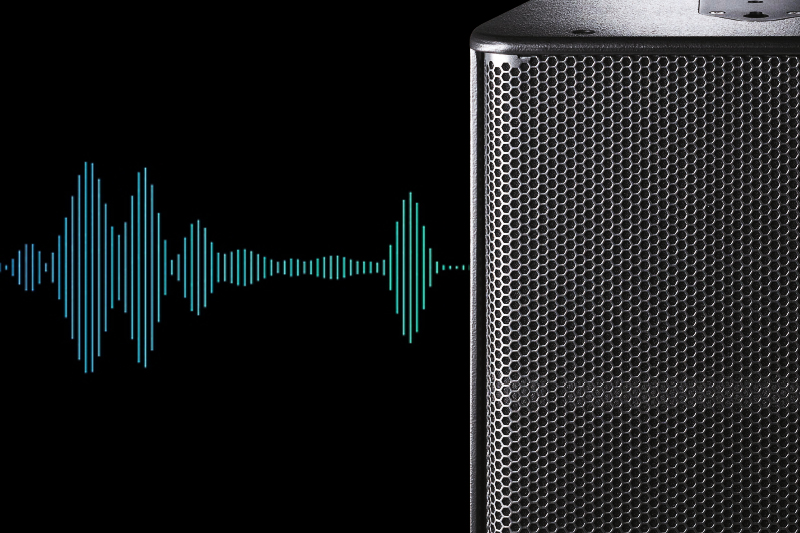When immersive virtual environments are discussed, the technology always seems to take centre stage with the focus on the headsets in particular, whether it’s the HTC Vive, Oculus Rift S or the PlayStation VR.
Attention is given to the visual performance of the virtual world created, with the degree of reality the true measure of success. But just as in life, much of the experience is lost if the soundtrack to your time in the virtual world is lacking depth and fails to match the visual experience.
Because you can’t physically see the audio, it is often overlooked. But getting the right balance between the visual and audio elements is what creates the most effective, immersive and successful experience. And what really tests businesses like MXTreality.
The choice for many when considering the audio experience is to use headphones or perhaps a couple of small speakers, which makes sense, but misses the point. Headphones in particular are playing a soundtrack straight into your ears, with spatial context difficult to achieve.
Without the right audio cues to match the visuals, your brain just will not accept the virtual world as real, regardless how much effort we put into designing and rendering virtual 3D worlds.
Yet research shows if the sound is consistent with the geometry of the source, the brain automatically recognises their location, even if they’re not in your visual field – the secret to a truly immersive soundscape.
Implementing a volumetric audio solution
When creating an alternate reality for our clients, like Highways England, we understand that to recreate a wet motorway, filled with an array of vehicles from motorbikes and small quiet cars, to loud sports coupes and heavy lorries, realistic sounds are as critical as the detail we include in every rendered image.
Creating the sounds is relatively simple and requires our designers to use proprietary software to assign audible cues to objects in the virtual environments. This object-based audio technique has been used by Dolby for years to deliver immersive audio experiences to cinema-goers.
However, the full effect is better presented when the sound surrounds the listener, with a full 360o profile like in real life. It is for this reason that we have specified a new volumetric sound solution for the Highways England Innovation Centre.
The sounds of lorries passing close to the Highways Officers undergoing their training in the virtual world are far more convincing when they come from all around, with the air pressure to make them jump, delivered without headphones.
The system was developed and installed by audio specialists MagicBeans, renowned for engaging audiences with advanced augmented reality audio, mapped to physical spaces.
The audio technicians spend a lot of time recording real vehicles, in real traffic conditions to ensure the audio experienced in the immersive environments we create, is as realistic as possible. We’ll cover their methods and the technical detail in a later blog when it’s all finished.
Recording motorways, a range of vehicles, weather and environmental sounds gives our 3D artists and developers the sounds they need to create an immersive audio experience, delivered through the bespoke 3D speaker array installed at the Innovation centre – the physical space

